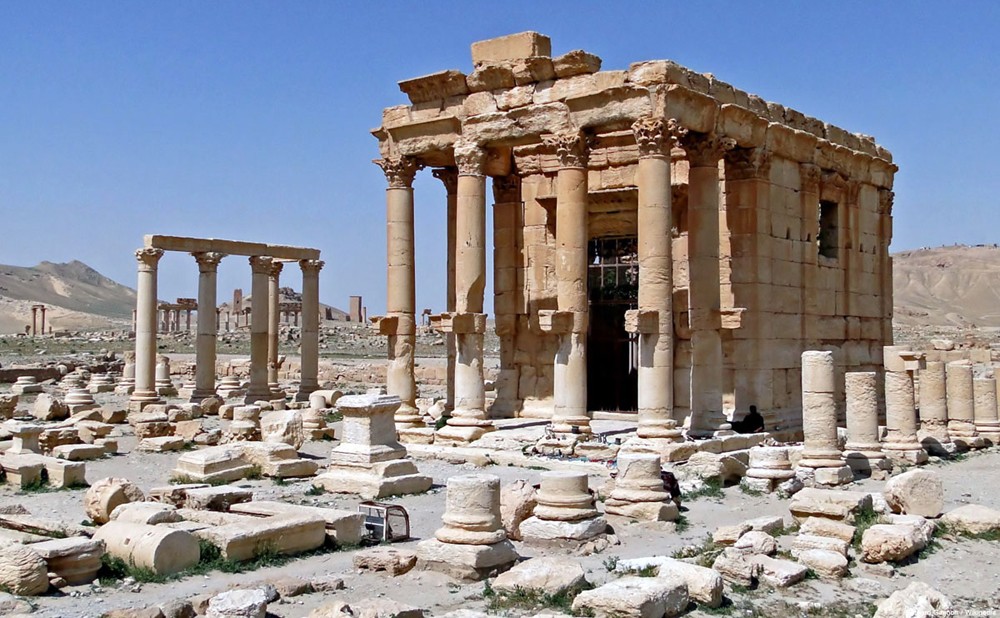
Cecil the Lion provoked far more outrage than the beheading of Khaled the aged archaeologist

Dear All,
Khaled al Asaad, executed by the terrorist group IS last month, was an 82 year old archaeologist.
Reportedly he was beheaded by IS militants and his corpse was displayed both in Tadmur and in the ancient city of Palmyra. His crime: to devote his life’s work to the discovery and preservation of History. He died attempting to stop militants from destroying ancient sites.
Khaled Al Asaad was a hero. His courage and his commitment to protecting heritage sites were commented on. His death was mourned, in particular by fellow archaeologists.
The incident was shocking but, one wonders, if the outrage was proportionate to the event? Indeed, the reaction seemed almost muted especially when compared to the explosive social media reaction to the hunting (in Zimbabwe) of a lion by an American dentist.
The case of Cecil the lion provoked far more outrage than the beheading of Khaled, the aged archaeologist. The killer of Cecil the lion was named and shamed and social media frenzy was whipped up to lynch mob pitch as outraged humans bayed for his blood. Everything went so crazy that one major news network even featured a news item about Cecil’s brother describing him as ‘also a lion’.
And the story raged on and on and on, with the media chasing the killer dentist and the evil guide, as well as Cecil’s relatives (also lions) and the Zimbabwean court proceedings.
In stark contrast, there was some ambivalence in the reaction to the archaeologists’ execution. It was treated as yet another atrocity by ISIS and unsurprising in its brutality as it had been preceded by so many abductions, mass executions and beheadings. There was also the trepidation that too great a reaction might deliver just the sort of publicity that IS was looking to get.
The dilemma of how to react to IS atrocities has created a dreadfully confusing situation. The marauding armies of this group have taken over large swathes of land in Iraq and Syria, overseen mass executions of men from the conquered areas, abducted large groups of women and children and then enslaved and sexually assaulted them; they have managed to indoctrinate and recruit young people from all over the world, have imprisoned or executed the fresh recruits who tried to leave their ranks and have continued to systematically destroy the archaeological sites in the region and to insist that non-Sunnis are evil infidels.
Yet, despite this rather blood-chilling CV, world reaction to IS activities seems to acknowledge that they are somehow just a fact of life rather than a problem that must be dealt with on an urgent basis.
This total lack of urgency is just astonishing. After 9/11 al-Qaeda and then (mysteriously) Saddam Hussain were declared as dangerous enemies to be hunted down and eliminated but, in the case of IS, the US-led western powers seem content to almost co-exist with it. Western commentators’ analyses of the group are equally astonishing: focusing either on historical overviews of the Islamic caliphate context or commentaries on the economic and sociological condition in the Middle East, these mostly fail to focus on the cult characteristics of the group.
IS might invoke Islam but their organisation and indoctrination is at par with the Moonies or the Charles Manson group or the Jim Jones cult.
Western media attention has now shifted to those fleeing IS, but IS has still not been declared as ‘evil an enemy’ as al-Qaeda or Saddam. Indeed, they are often described on the news almost respectfully as a quasi state with a military strategy.
Somehow the western powers still see them as the key to regime change in Syria and so while they continue to play this game thousands of displaced people (also humans) and those journalists, aid workers and others (also human) executed and brutalised by IS will remain, perhaps, less mourned than Cecil the lion.
Alas….